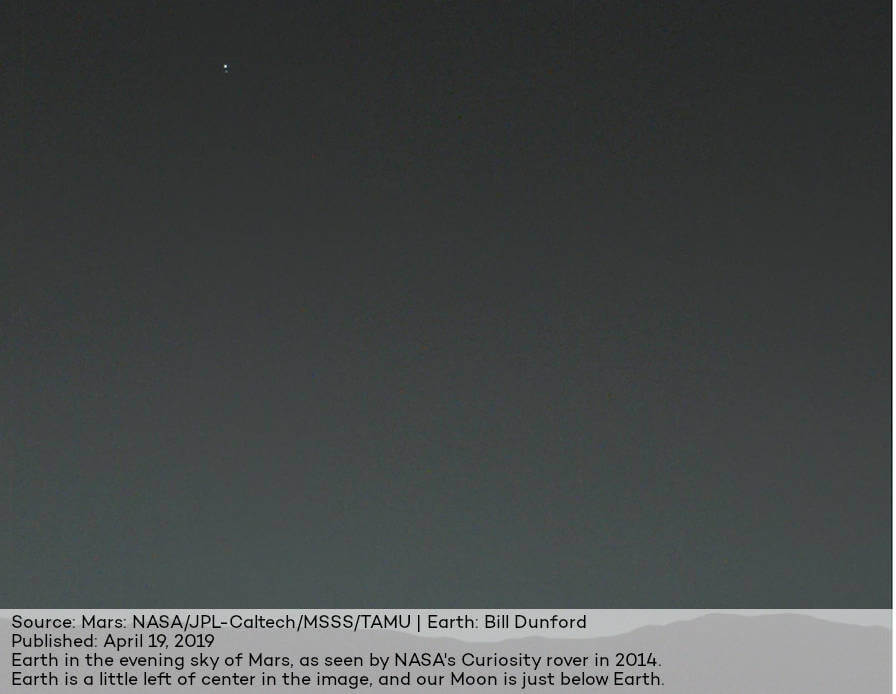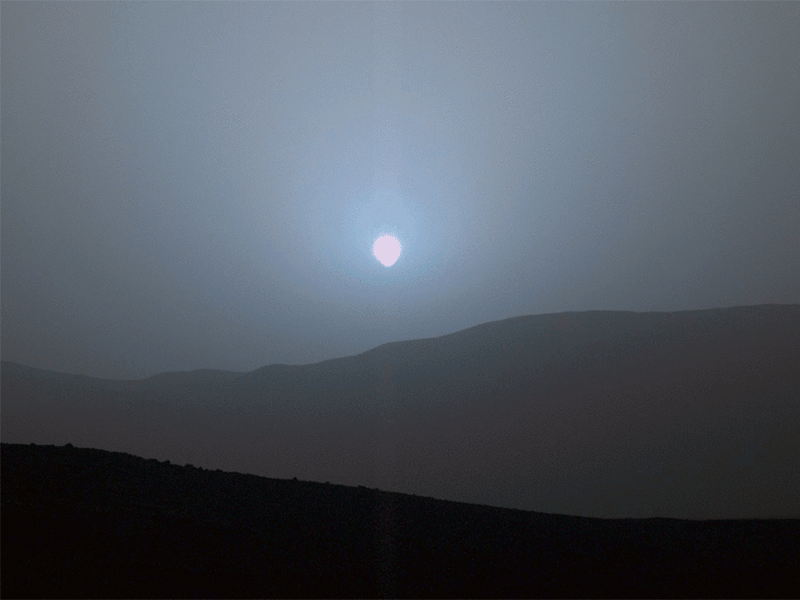Mars Perseverance Has Landed!
The Mars 2020 mission is delivering the Perseverance rover to the Red Planet as part of NASA’s Mars Exploration Program. The program’s ongoing series of missions is helping us answer key questions about the potential for life on Mars. While previous missions have helped us look for signs of habitable conditions in ancient times, Perseverance will take it one step further by searching for signs of past microbial life itself.
A drill on the rover will collect core samples of promising Martian rocks and soil, then will deposit them in a “cache“ on the planet’s surface. A potential future robotic mission could pick them up and ferry them to Earth for analysis in laboratories by equipment too large or bulky to go to Mars. Perseverance will also help us learn more and test technologies that could benefit future human expeditions to Mars.






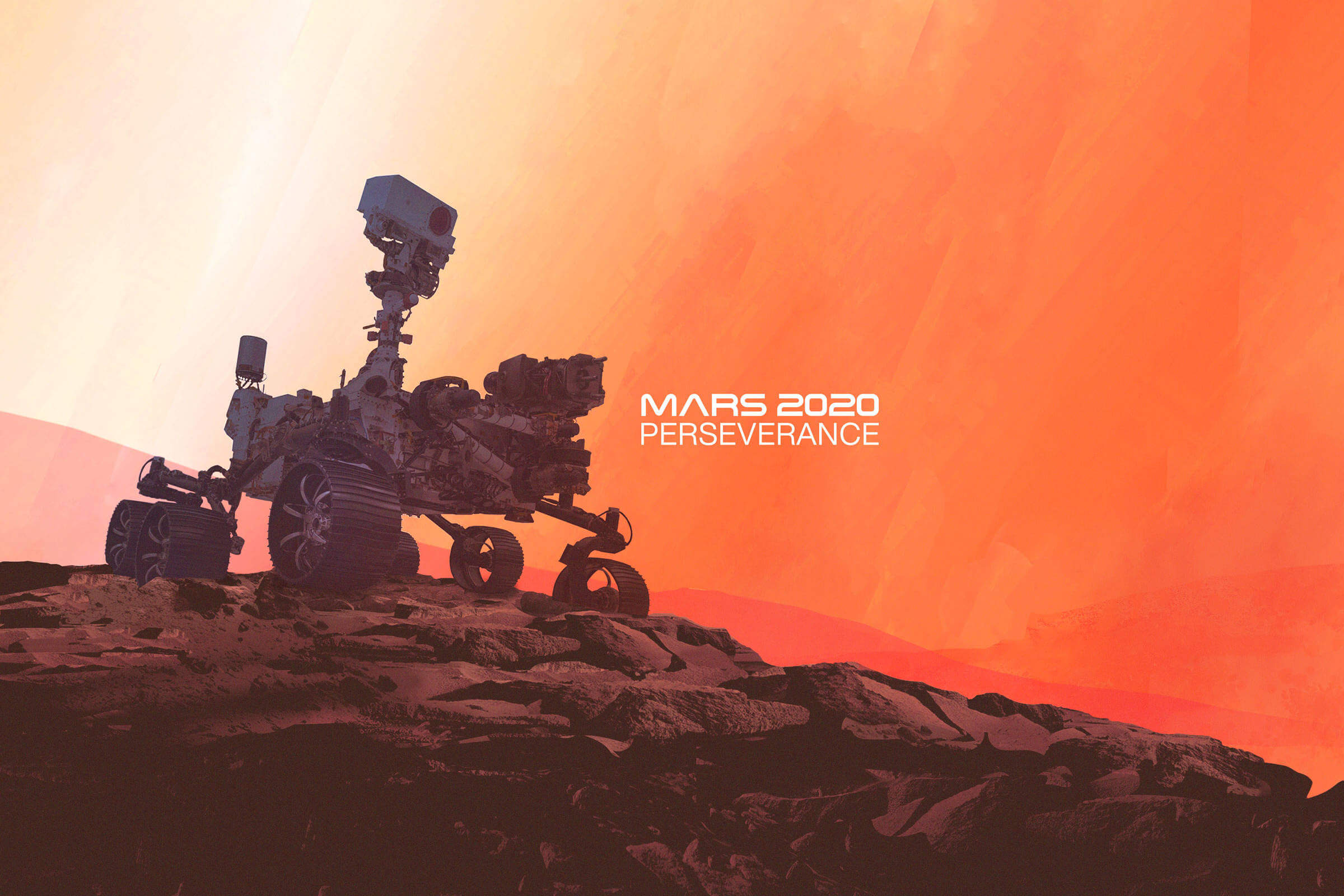
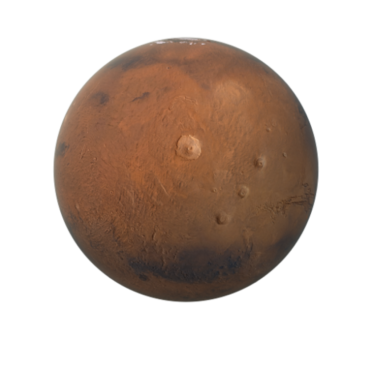
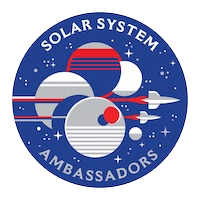
 Watch Now
Watch Now
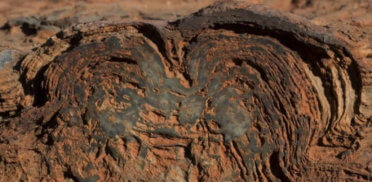

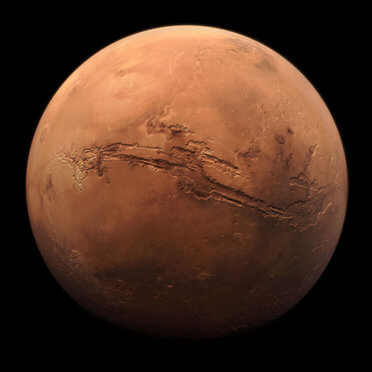 Mars Opposition 2020
Mars Opposition 2020
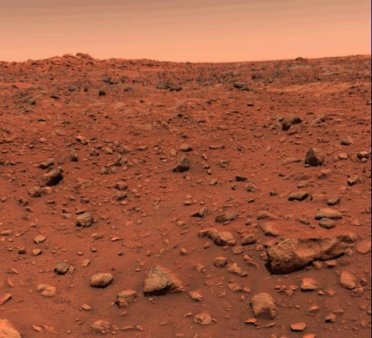 From Mars to Earth
From Mars to Earth